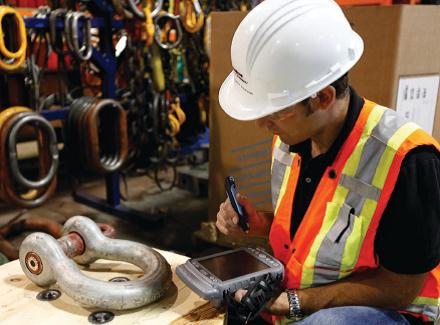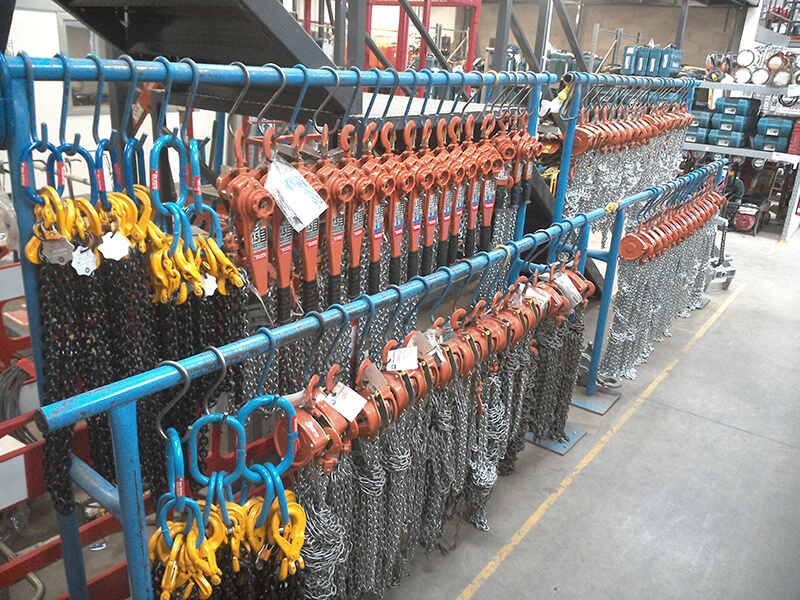RFID technology significantly improves the efficiency of maintenance operations, enabling real-time monitoring and management of equipment and assets. For a detailed overview of RFID and its applications, visit our dedicated page. This knowledge base will enhance your understanding of its potential in the maintenance sector.

RFID Technology in Maintenance
Benefits of RFID in Maintenance Operations
The introduction of RFID technology in the field of maintenance radically transforms traditional practices, offering significant improvements in efficiency and cost reduction. Let's take a look at the key benefits it provides:

Implementing RFID technology in maintenance practices not only simplifies and speeds up processes but also contributes to smarter asset management.
RFID for Asset Management
The use of RFID technology in asset management offers significant advantages for maintenance operations, allowing accurate and real-time control of tools and equipment. This section explores the specific applications and benefits of RFID in this context.

The implementation of RFID technology in asset management transforms maintenance from a reactive to a proactive activity, ensuring more efficient use of tools and equipment and contributing to a more effective and optimized overall management.
Error Prevention and Compliance
RFID technology plays a crucial role in improving the accuracy of maintenance operations and ensuring compliance with current regulations. Let's explore how.

Through these improvements, companies can significantly reduce the risks associated with errors and regulatory violations, ensuring safer and more reliable maintenance operations.
Integration of RFID with Predictive Maintenance Systems
The integration of RFID technology with predictive maintenance systems is transforming maintenance approaches in industrial environments. By using RFID sensors to monitor critical parameters such as temperature and pressure, companies can anticipate failures before they lead to costly and prolonged downtime. This preventative capability is crucial for predictive maintenance, allowing operators to intervene in a timely and targeted manner. Additionally, the data provided by RFID significantly improves maintenance planning, enabling companies to schedule interventions based on the actual conditions of assets rather than fixed time intervals. This strategy not only optimizes resource use but also minimizes disruptions to daily production. Through the integration of RFID with predictive maintenance, operations become more efficient, reducing operational costs and increasing equipment availability.

Conclusions
RFID technology is proving to be a key element in transforming maintenance operations, offering a range of benefits that enhance efficiency, reduce costs, and increase safety. From accurate asset management to error prevention and regulatory compliance, RFID enables companies to operate more proactively and with greater insight.
The integration of RFID with predictive maintenance systems represents a significant step toward smarter maintenance, allowing failures to be anticipated and maintenance interventions to be optimized. This not only reduces downtime and operational costs but also ensures that assets are maintained in optimal condition.
Looking to the future, emerging trends such as the miniaturization of RFID tags, integration with the Internet of Things (IoT), and the development of smarter and more sustainable RFID systems promise to further expand the applications and benefits of this technology. Companies that embrace these innovations will enjoy a significant competitive advantage, improving not only maintenance management but overall operational efficiency as well.
In conclusion, RFID is redefining maintenance practices, making them more efficient and sustainable. Organizations that invest in this technology can expect tangible improvements in their operations, contributing to a more proactive and efficient future in asset management.


